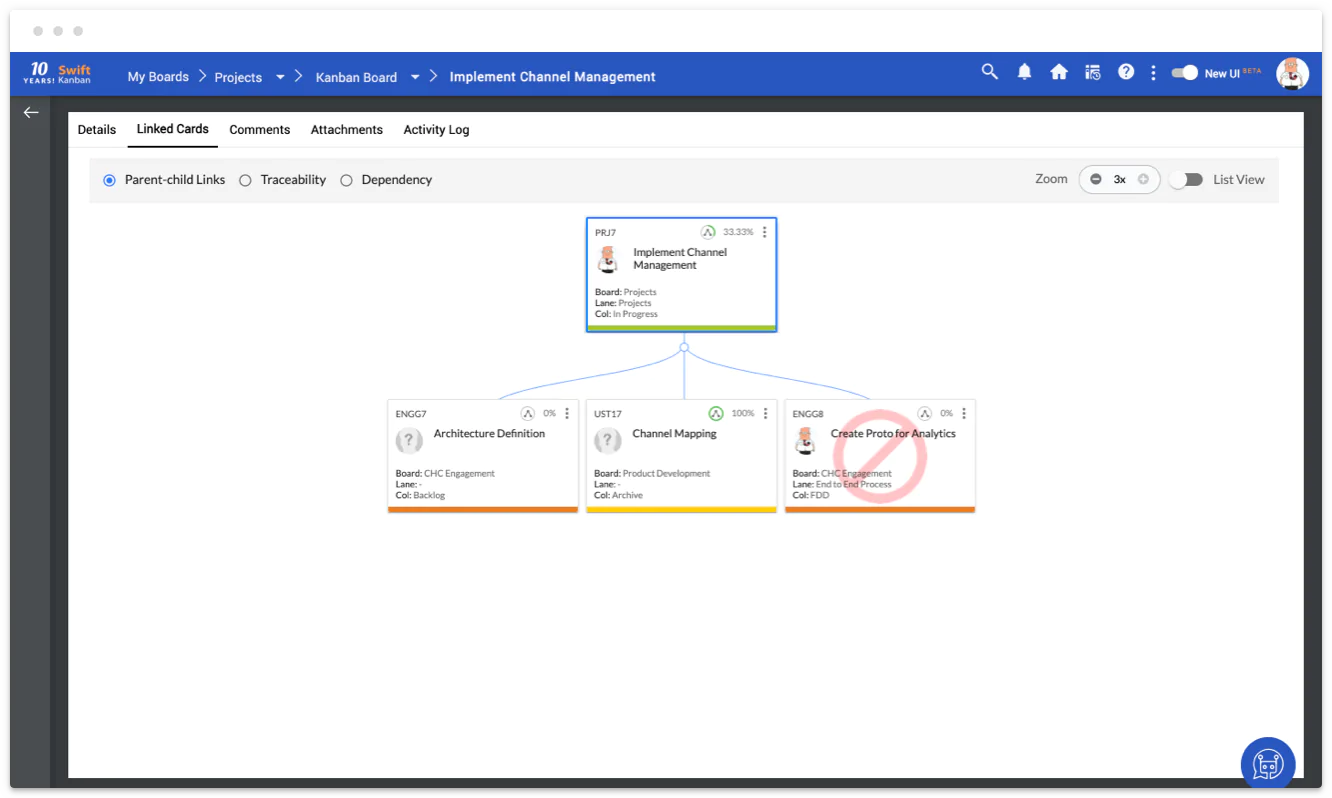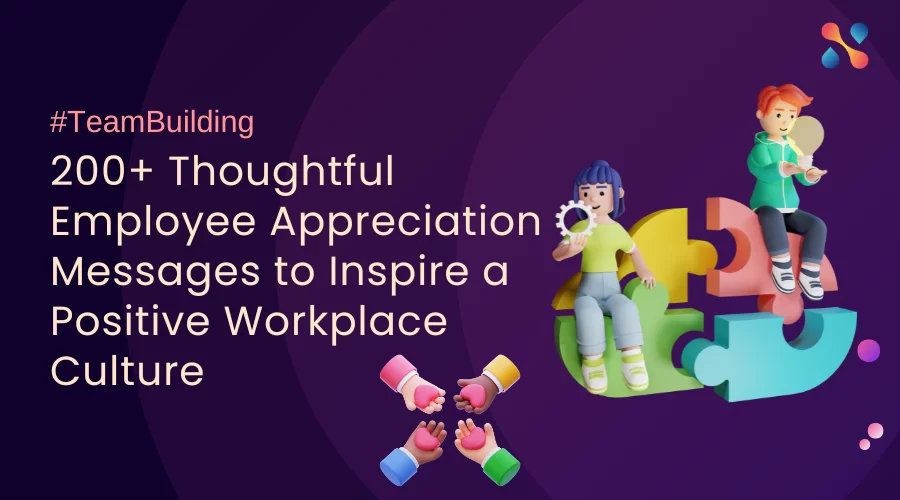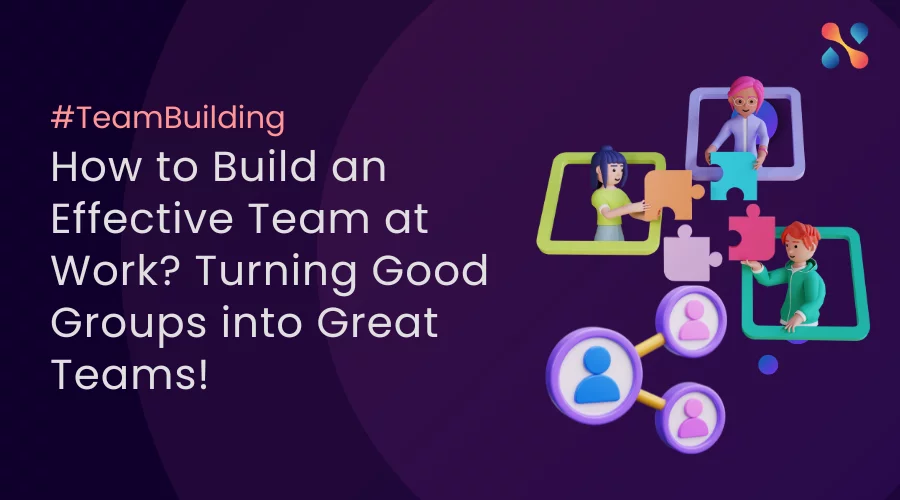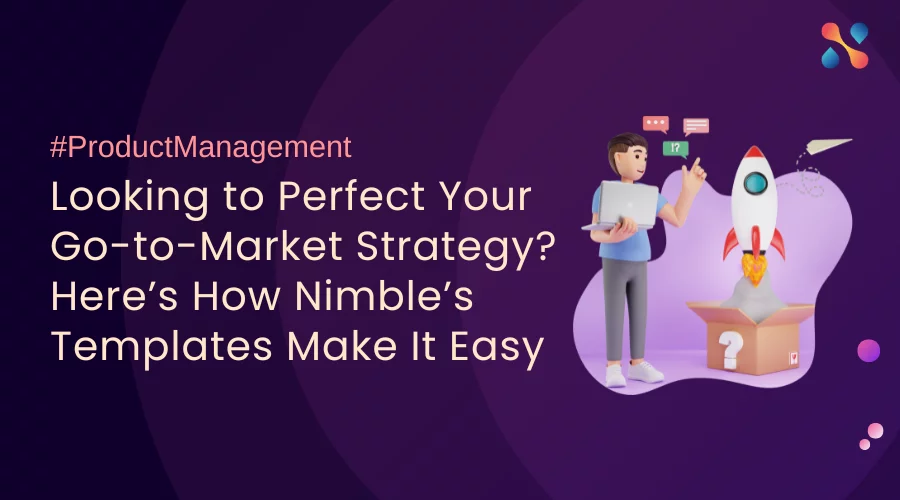Why this critical visual data integration can fail, tooling and features that need to be built in for success.
In the first post of this series on Portfolio Kanban for Enterprise Transformation, we discussed the need for an integrated framework for managing a key bottleneck to enterprise transformation. We explored the merits of Portfolio Kanban to address the challenge in the second post.
If you have read the preceding two posts of this discussion, you will appreciate some of the mandatory characteristics, if a fit-for-purpose tooling were considered for deploying a Portfolio Kanban framework for enterprise-wide transformation.
Shared Visualization
The first obvious need for a shared enterprise tool in any enterprise today is that it can be browser accessed from anywhere on any device, with flexibility of deployment in line with organization policy, be it a secure public cloud or the company data center.
- The Kanban tool itself should have high configurability to model workflows of projects and processes, as value streams which represent as-is real-world work stages and flows. Vertical and/or horizontal splitting of work stages (columns) in specific value streams, as required.
- Ability to represent multiple and dissimilar value streams on the same Kanban board, to minimize switching for shared teams and managers. If all value streams configured on the board are identical, then an easy consolidated view as a unified value stream – a rudimentary portfolio view.
- Ability to invite people to boards with assigned roles, allowing them personalized persistent views of work stages (columns) that they are interested in, card level zoom in-out to determine the level of detail required at first glance. This is especially useful when you consider senior and middle management roles.
- A dedicated backlog (or “someday” board) with options to organize by attributes to assist prioritization before moving to a work board. A dedicated to-do board and due date calendar to help focus on deadlines and productivity.
Collaboration and Problem Solving
To balance demand and capacity, to deal with resource constraints, Kanban uses WIP limits and focuses on flow rates.
- The tool must have the ability to define (and visibly alert violations of) WIP limits at individual team member level and at work/process stage level.
- Often many resources are shared resources across projects and/or processes. The tool must have the ability to apply individual team member limits across all projects for such individuals.
- Ability to invite people as “viewers” of Kanban board. While this limits the ability to assign or move cards, it is invaluable for driving cross-functional communication, enabling problem-solving.
Work Bench to Enterprise Services
The true power of Kanban is experienced when sharing visualizations is further aided by mapping the work dependencies and linkages to reflect the real world.
To easily and automatically roll-up progress based on such relationships, without latency or manual overheads, the tool must have the following characteristics:
- Ability to create portfolio tracking lanes where progress can be aggregated, demonstrating the state of completion. These special lanes should be multiple in number, if so required. They could reside in the same or other boards, say, “senior executive only” or “middle management only” boards.
- These lanes should have higher level or “parent” cards, which could be linked to other work cards or “child” cards, through a multi-level hierarchy, as needed.
- The “parent” cards should have the ability to automatically demonstrate progress on a continuum of completion, based on the state of the its “child” cards. If so required, flexibility to display progress of “parent” cards in the portfolio lane by alternative logic – say, the completion state of specific tasks associated with it, or the manual progress updates agreed in management reviews.
- The linked “child” card(s) may be in a value stream configured on the same board as the portfolio lane, or be on another work board, say the operational work bench of a project or process team.
- The “parent” cards may themselves be linked to higher level tracking cards, “grand-parent” cards, if you will, which could track progress in a higher-level portfolio lane, reside on the same board or another board.
- Defining card linking hierarchies and selecting specific parent or child cards on Kanban boards should be easy. A card should indicate if it is linked, with a quick drill down possible to get to the root of concern, if required.
Problem Identification and Team Working
Users must have a near real-time view of the board, with a range of meaningful card flags and filters that help draw attention to issues that need communication and action. Furthermore:
- In-built reports and analytics should have enough parametric configuration flexibility to minimize the need for offline reporting.
- Ability to enable grouping of users into teams, to allow filters, progress of work and reports by such teams, if so required.
- All users, not only managers, should have assists to personal productivity and effectiveness, with a personal Kanban view, with widgets like a due date calendar, to-dos; and in-app communication alternatives such as comments and chat.
Improved Decisions through Integration
When Kanban integrates with the tools already deployed in various projects and processes, it brings the possibility of Portfolio Kanban, while protecting existing investments and knowledge.
The Kanban tool must have the:
- Ability to integrate Kanban with a diversity of tools, with choice of projects, processes, time limits, frequency of updates.
- Ability to manage one-time or on-going real-time integration with conflict resolution and failure management, to ensure reliable two-way synchronization.
- Ability to import pre-defined hierarchies from other tools, to ensure consistency and reduced effort.
If your Kanban tool meets these characteristics, then you have the ingredients necessary for undertaking the journey to Portfolio Kanban for enterprise transformation.
In the next and concluding post in this series, we will look at the transformation approach using the enterprise services view and all the meaningful data available through the deployment of Portfolio Kanban.
Navin Anand
Regional Director – UK & Europe
This is the third blog post in a four-part series, you can find the other posts from the links below:
Part 1. Portfolio Kanban for Enterprise Transformation
Part 2. Visual Management of Enterprise Services
Part 4. Extending Portfolio Kanban with Enterprise Services Planning







